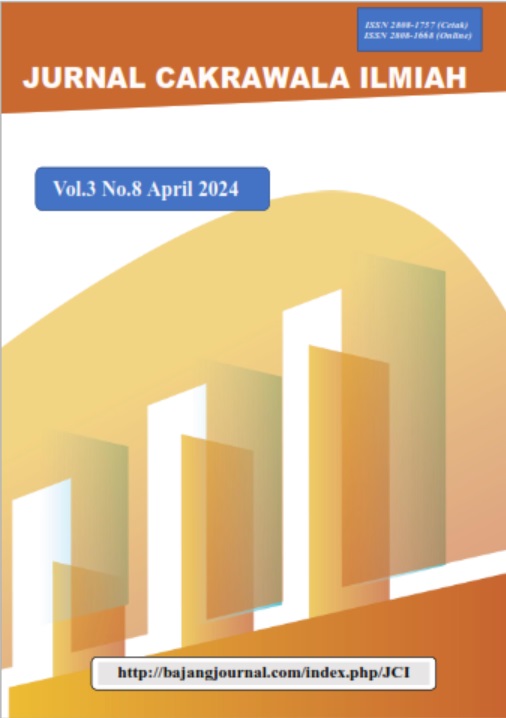MEMAHAMI EKSISTENSI DAN TANTANGAN MIE PANGSIT SIANTAR: SEBUAH KAJIAN BUDAYA KULINER DAN STRATEGI PENGEMBANGAN USAHA
Keywords:
Dumpling Noodles, history, consumer preferences,, existence of Dumpling NoodlesAbstract
Dumpling noodles are one of the favorite culinary in the city of Pematang Siantar. Dumpling noodles are one of the foods that are sought after by tourists who visit or stop by Siantar city. In addition, dumpling noodles are also one of the most widely sold foods in Siantar. Dumpling noodles are famous for having a delicious and unique taste, with fried dumplings as an additional topping that gives a savory taste. This culinary has become an important part of the culinary culture in the city of Pematang Siantar and is often a popular food choice among locals and visiting tourists. This journal aims to examine the existence of dumpling noodles in Siantar city and what distinguishes them from dumpling noodles outside the Siantar area. This study uses a qualitative approach and data collection through interviews, observation, and documentation. With these data collection techniques, researchers will compile information and combine it with written data such as journals, theses, and online articles. That way, researchers can collect, develop, and organize the information obtained. The results of the study are expected to provide a deeper understanding of the role of dumpling noodles in the culinary culture of the city of Pematang Siantar and the factors that influence its existence.
References
Afrizal. (2014). Metode Penelitian Kualitatif. Jakarta: PT Raja Grafindo Persada.
Anonima. (2013). Buku Resep Makanan Favorit: Pangsit. Jakarta: Penerbit PT Gramedia
a. Pustaka Utama.
Arikunto, S. (2003). Prosedur Penelitian: Suatu Pendekatan Praktik. Jakarta: Rineka Cipta.
Ashkenazi, M., & Jacob, J. (2007). The World Cookbook for Students. Westport, CT:
a. Greenwood Press.
Haryudyanti, M. (2020). Sejarah Kuliner Pangsit: Dari Dinasti Tang Hingga Dinasti Qing.
a. Jurnal Sejarah Kuliner, 5(2), 45-58.
Leo, A. (2012). Keberhasilan Ekspansi Bisnis Mie Pangsit Awai ke Kota Medan. Jurnal Bisnis
a. dan Kewirausahaan, 8(3), 112-125.
Maelong, A. (2001). Pengantar Ilmu Sosial. Jakarta: Penerbit Buku Kita.
Meri. (2023). Wawancara tentang Dampak COVID-19 terhadap Usaha Mie Pangsit. Pematang
a. Siantar, 25 November.
Mumford, L. (1961). The City in History: Its Origins, Its Transformations, and Its Prospects.
a. San Diego: Harcourt Brace Jovanovich.
Sariance, A. (2023). Wawancara dengan Pemilik Usaha Mie Pangsit Gajah. Pematang Siantar,
a. 24 November.
Sirait, D. (2023). Analisis Harga Jual dan Strategi Pemasaran Mie Pangsit di Pematang
a. Siantar. Jurnal Manajemen Bisnis, 15(2), 78-91.
Sudarmadji, S., Haryono, & Suhardi. (2000). Buku Pegangan Ilmu Pengolahan Pangan.
a. Jakarta: Penerbit Universitas Indonesia.
Tjio, B. (2017). Pengaruh Tabib Zhang Zhongjing dalam Pengembangan Pangsit sebagai
a. Makanan Tradisional Tionghoa. Jurnal Pengembangan Kuliner, 10(1), 23-35.
Yusuf Muri, A. (2017). Metode Penelitian Kualitatif. Bandung: Penerbit Alfabeta.
Downloads
Published
How to Cite
Issue
Section
License
Copyright (c) 2024 Jurnal Cakrawala Ilmiah

This work is licensed under a Creative Commons Attribution-NonCommercial 4.0 International License.
















